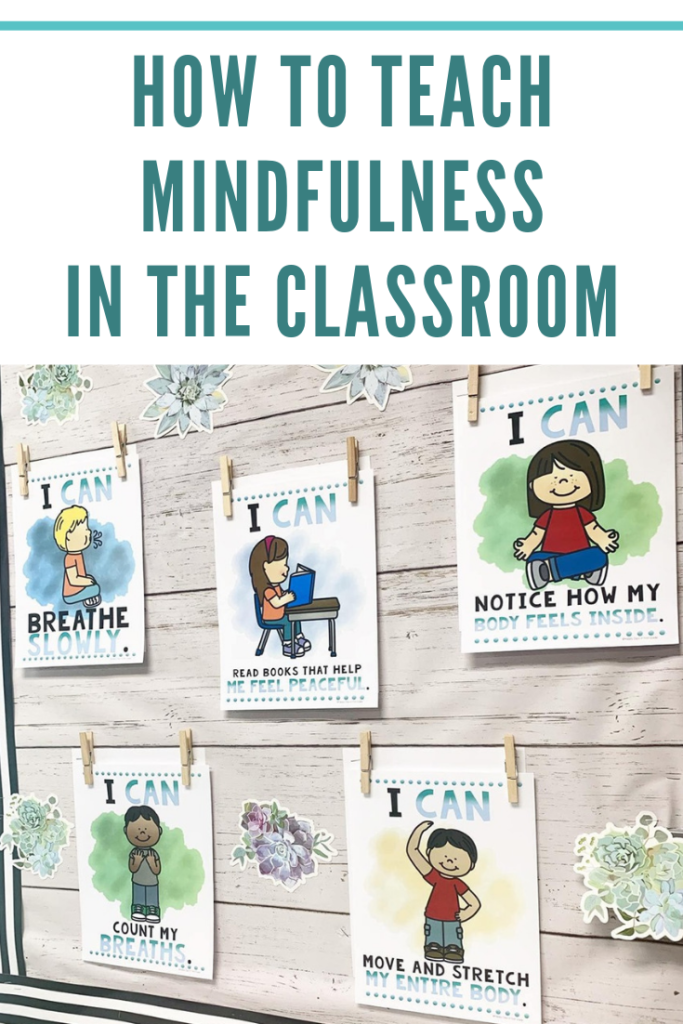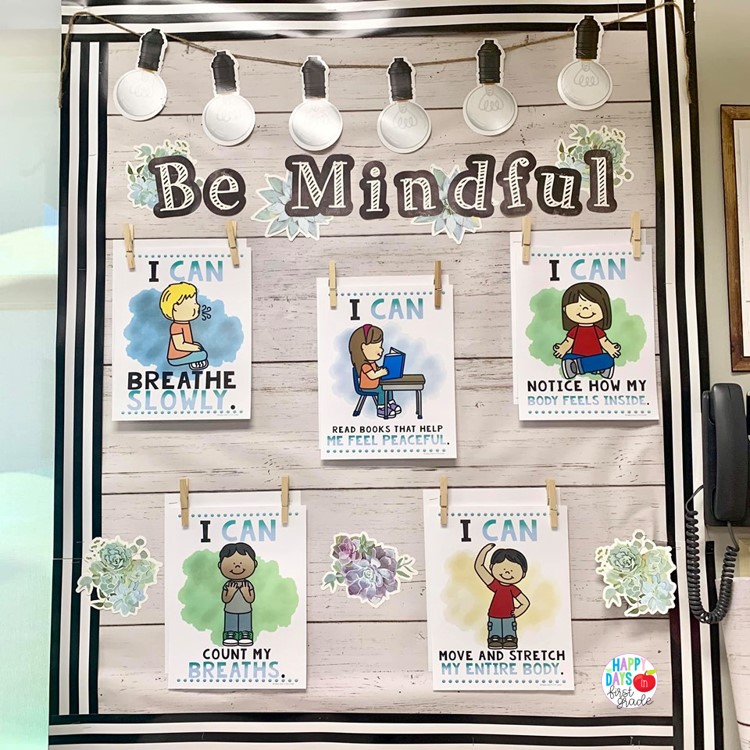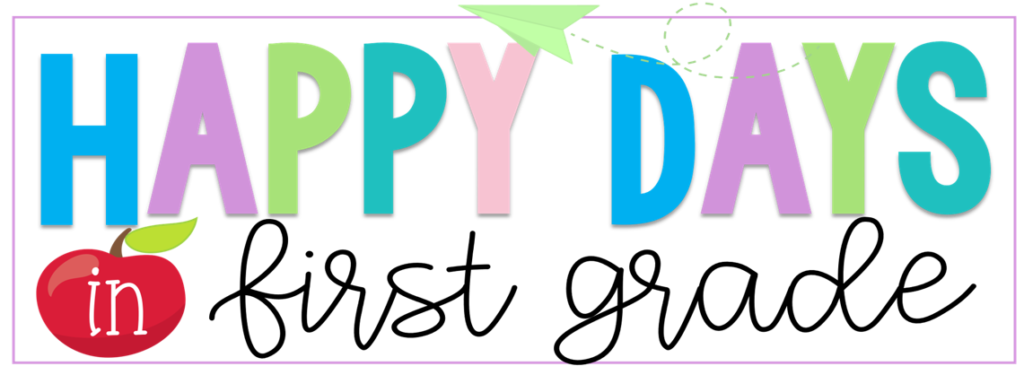
Disclosure: Some of the links are affiliated links, meaning that I will earn a commission if you click through the links and make a purchase.
Mindfulness is topic that hits home for me.
When I was in elementary school, one the first things I did when I got home from school was to watch Oprah on TV. Since my mom didn’t come home from work until in the evening and my dad worked until 10 each night, my older siblings and I would heat up our microwave dinners as a snack and watched TV until our mom came home.
I didn’t realize it at the time, but Oprah was semi-raising me. Through her talk show, I learned to listen to other people’s perspectives, understand the importance of emotions, and most importantly, realize the power that I had on my own mind, soul, and body. From the long list of guests of diverse backgrounds and beliefs to the televised counseling sessions that she held on stage, I learned so many valuable lessons on mindfulness and being aware of myself, others and my surroundings. I didn’t know at the time, but those lessons followed me throughout life especially, when I found myself stressed, overwhelmed and emotionally drained in high school, college and young adult life.
At every stage, I would remind myself to pause, breathe, think through my thoughts and reset my emotions to positive energy. I never stopped to think about it, but I was doing what I had learned from watching Oprah!
Even as a teacher, these lessons have become the central part of my teaching philosophy and classroom community. I truly believe that for teachers to cultivate a culture of learning in their classroom, we have to make sure that we are addressing and ensuring the well-being of each child first. This calls for us, to place meeting each child’s emotional needs a priority as well as his/her educational needs.
To do so, it is imperative that we teach our students to practice mindfulness. No matter how young our students are, they can learn simple steps to deal with BIG emotions and train their mind to reflect, reset and reinforce their own ability to control their mind and body.
Below are three ways that I teach mindfulness in the classroom.
- Teach Mindfulness During Morning Meetings/Circle Up
Morning Meetings are the perfect opportunity for young students to reflect on events that happened the day before. Use this time to talk and think through situations that may have caused conflict or misunderstanding among students. This is not to cause shame, but rather an opportunity to share different perspectives on different situations. Ask lots of questions and encourage your students to share openly and truthfully.
What happened that caused the conflict? How could we make it better? Was there a misunderstanding? How could students respond to this situation better next time? What are some mindful strategies that students could have used to help make the situation better? What should they do next time if a similar situation happens?
Use this time to teach conflict-resolution, problem solving, and group think! Children are great problem solvers and love being included in shaping their own classroom community.
2. Use Resources for Mindfulness
There are lots of resources to help practice and reinforce mindfulness! GoNoodle, Calm.org and Chillscape App are examples of some that are available for students and teachers! What other resources do you know of?
3. Teach Students Mindfulness and Calming Strategies
Little students need concrete examples of how to deal with BIG emotions. Here are some strategies that you can start with.
- Practice Breathing Slowly
- Think Through Their Thoughts
- Notice How Their Body Feels Inside
- Talk About Their Feelings
- Move Around and Stretch
- Count Their Breaths
- Write Down Their Feelings and Share
- Sit Quietly and Notice Their Surroundings
- Put a Puzzle Together
- Show Themselves Love and Care
For more strategies, click to the resource below. It includes 16 Mindfulness and Calming Posters and a Clip Chart to help students reflect, reset and regulate.

If you would like to purchase a similar large coloring poster, click on the image below for the affiliate link from Amazon.




